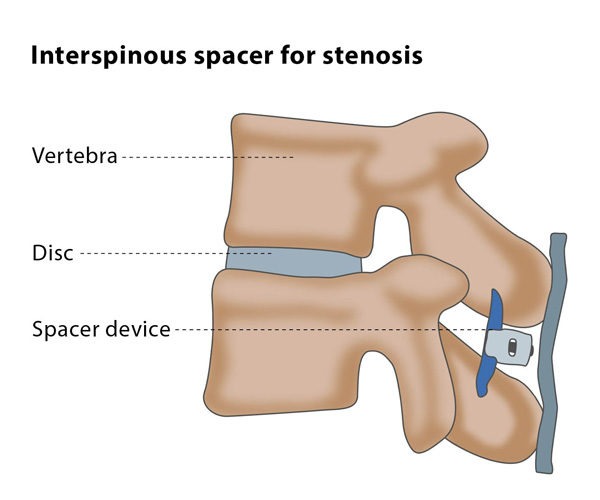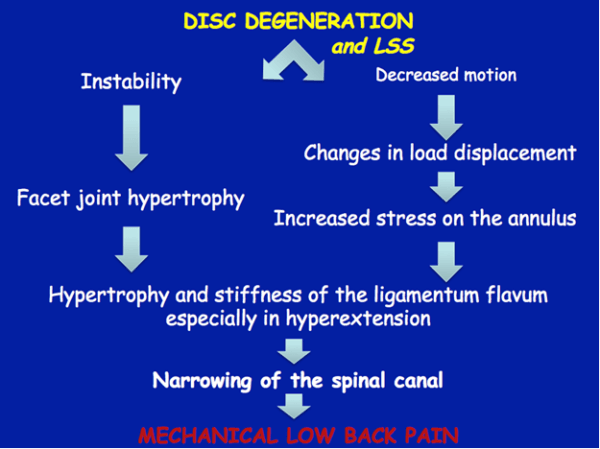What are percutaneous therapies for spinal stenosis?
Spinal stenosis refers to abnormal narrowing in the spinal canal, meaning that the space around the spinal cord narrows and presses on nerve tissue. When this occurs in the lower part of the back, it is referred to as lumbar spinal stenosis.
Because a standing position can narrow this area, you may feel better when you are not standing upright, such as when you sit down or cycle. Neurogenic intermittent claudication describes cramping or weakness in the legs caused by inflammation of a nerve and is due to degenerative lumbar spinal stenosis.
Percutaneous therapies (delivered through the skin) for spinal stenosis involve implanting tools designed to widen the affected area of the spine, called interspinous spacers, using fluoroscopic or CT guidance.


